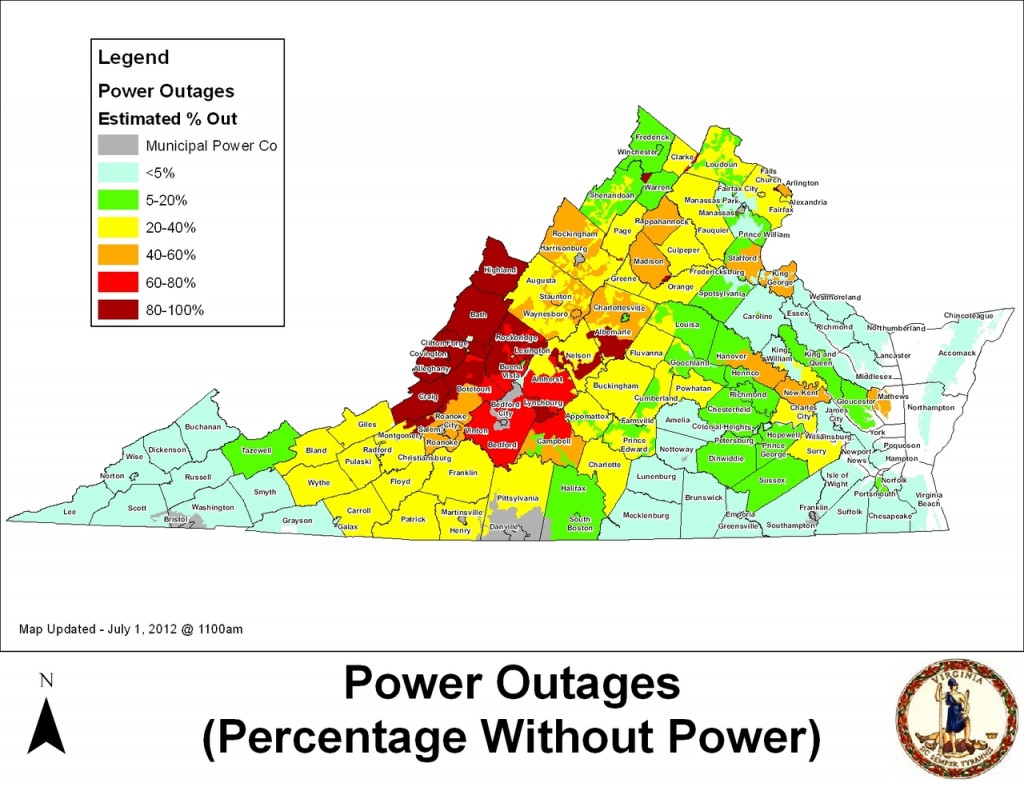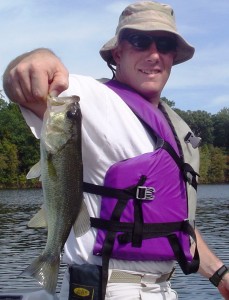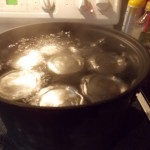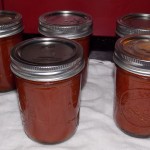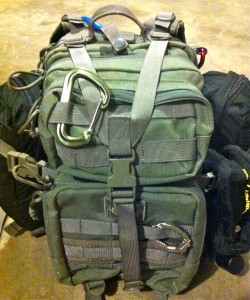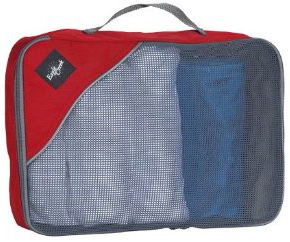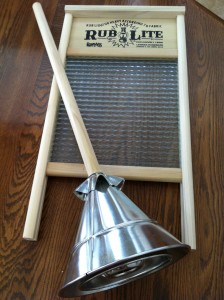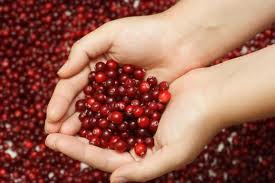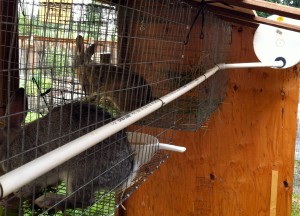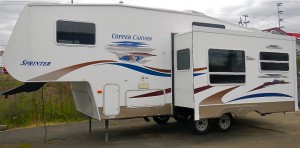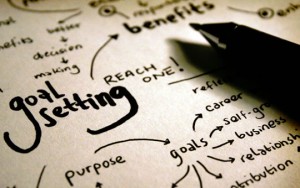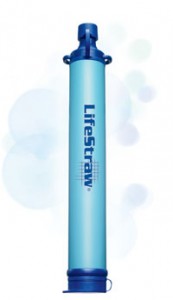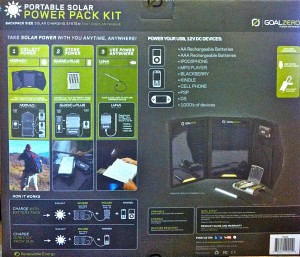We’re (I’m) Not Superman
– –
I want to preface this by saying, I don’t get sick. Because of genetics, lifestyle choices, and dumb luck I’ve lived a healthy and active life. But last week I was sick. I had gastroenteritis, an unspecific medical diagnosis, commonly known as stomach flu. Maybe it was food poisoning (though both Sarah and I ate pretty much the same things), who knows. What matters is that it sucked. Really sucked.
Gastroenteritis is defined as “a medical condition characterized by inflammation of the gastrointestinal tract that involves both the stomach and the small intestine, resulting in some combination of diarrhea, vomiting, and abdominal pain and cramping.” And I had it all. For over 24 hours I was miserable. Most of the time–when I wasn’t in the bathroom–all I could do was sit quietly on the couch; for a time I laid on the floor with my knees pulled up. It passed. Of course I lived. But I also learned.
 I mention this because it made me realize that no matter how much we (including me, or as my wife would say “especially” me) view ourselves as superman, sometimes we’re not — we can’t be. Sometimes no matter how much desire there is to get up and do the job or even defend the home; physically there’s no way it’s going to happen. That afternoon, lying in an almost fetal position wishing the pain would stop, the most I might have been able to do would have been to crawl a short distance to get out of the way. I wanted to write about this soon after the incident because already my brain is starting to revise history, to minimize how bad I felt, and trying to justify that if I would have had to, I could have. But I can still remember how I felt laying there sweating, my gut spasming in intense pain, just trying to breathe.
I mention this because it made me realize that no matter how much we (including me, or as my wife would say “especially” me) view ourselves as superman, sometimes we’re not — we can’t be. Sometimes no matter how much desire there is to get up and do the job or even defend the home; physically there’s no way it’s going to happen. That afternoon, lying in an almost fetal position wishing the pain would stop, the most I might have been able to do would have been to crawl a short distance to get out of the way. I wanted to write about this soon after the incident because already my brain is starting to revise history, to minimize how bad I felt, and trying to justify that if I would have had to, I could have. But I can still remember how I felt laying there sweating, my gut spasming in intense pain, just trying to breathe.
I learned that we need to have redundancies built into our preparations, and not with stuff this time but with skills. If you can’t do it, who can? You don’t even have to be sick or hurt, maybe you’re just not there. Have you taught your spouse, partner, or children the skills that need to be done? Is there a family member, friend, or neighbor that has the knowledge and ability, and would be willing to help? Hopefully this person is nearby because maybe someone driving to your home isn’t an option (time or opportunity).
To be truly prepared for a disaster, or especially a collapse, we must have strong social support systems. We can’t survive on our own. Humans are social creatures. We’re meant to live in supporting communities to learn from, teach to, share with, barter with, care for, and protect each other.

